The Evolution and Techniques of Military Camouflage
Camouflage is the particular action that represents the mixing of color, texture or illumination to its environment. In the military camouflage, it is blending the visual appearance of the existence or objects to its surroundings and environment. Military members aim to hide the military equipment, existence, place where they hide themselves, and other positions.
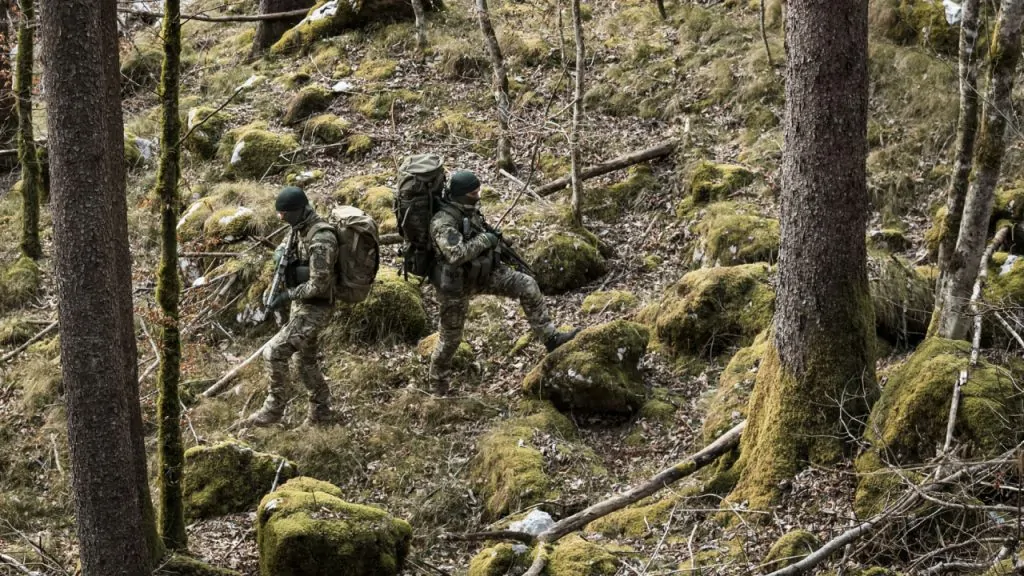
Table of Contents
History Recapitulation
Reading the past chronicles presents an exemplary state of masking. The military army adopted the blending techniques like in the late 19th and 20th Centuries. Soldiers began to distract the attackers during World War I. By taking care of clothes, facial appearance, and their positions and mixing up with environmental objects. Animals are notorious for using camouflage for hunting pray and hiding from the hunters. They use Camouflage in military during World War I.
What are The Three Pillars of Military Camouflage?
The three primary pillars of Military Camouflage are the visuals, movements, and sounds.
Visuals
Visual representation refers to concealment and disruption, which means hiding the physical appearance, position or equipment. It helps the soldiers who proceed with their tasks and can deceive, betray or misdirect the enemies in different paths.
Ways of Visual Representation:
There are various ways of visual representation, like face patterns, clothes patterns, object patterns, and patterns of place or positions. Soldiers paint their faces to get mixed with the surroundings or their environment. It involves strategic strokes with a high and low tone and other patterns, so others find the differences hard.
Soldiers wear unique types of suits to baffle the enemies or the opponents. These suits include ghillie suits designed by Improved Ghillie System IGS. This system prefer to keep the dresses lighter in weight where the soldiers can exist in any environmental temperatures. They focus the dresses very combustible so they can face any fire situation without being the target.
Movements
Movements offer misdirection through gates and other relevant techniques. Like setting the trap, putting oneself hiding in a moment to attack the opponent so far and so on.
Body language represents the particular nature of people. It also reveals the entire difference of existence in seconds in front of the visual analyst or psychological analyst.
People walk in omnifarious manners, so they have peculiar aspects so others identify them easily. Soldiers get the best training to lessen their natural visual body characteristics of movements.
- Silent Stride: Some soldiers control their pattern of walking towards silent movement. They do not produce the sound of walking and take care of each step to meet the destination and win the combat. One of the silent walks is crawling, which varies in diverse forms, including low, medium, and high crawling and hands and knees crawls.
- Low Crawl: Refers to the body movement of a recruit in a forward direction. Who practices taking minimal steps with toes at a lower speed, representing the secretive aspects.
- Medium Crawl: It is similar to low crawling, but in this pattern, soldiers bend their one knee to moderate the speed faster than low crawling.
- High Crawl: In this type of crawling, soldiers prefer to use elbows and shins to move faster than the moderate or lower speed of crawling.
- Hands and Knees Crawling: This type of crawling is much more rapid than the previous types. It involves the energetic movement of hands and knees without creating any noise.
Sounds
The main important factor of military camouflage is the sound, which needs extravagant care. Warriors test sounds from multiple mediums, including equipment and body movement sounds. It is much more influential than the visuals and movements in which detectors can find the hiding person, objects or equipment with their sounds.
- Foot Placement: Soldiers take steps carefully not to create distinct sounds, even though they do not place their feet on the leaves. They walk on their toes sometimes with the numerous attempts of practising and training. To avoid attractions, they take care of each term and regulation properly.
- Clothing Review: Soldiers wear clothes and suits that have no connection with zip or other things that might create noise in the surroundings. Clothes with such metallic beats or something can cause the noise and cause the prey to encounter the target.
- Mindful movement: Warriors, scouts, soldiers and other fighting players are concerned about the movements in a specific pattern. They walk in respective moves not to cause sounds and try to cover the character of clumsiness if one of them has it. They try to avoid collision with objects, walls and other things.
How Does Military Camouflage Work?
Military camouflage works in three distinctive ways, including hide in plain sight, disguise or decoy, and harder to find a place.
Hide in Plain Sight
This category holds soldiers that hide themselves while wearing clothes following the concern of colors, textures, and shapes that resemble the surroundings during the war. In the forest, their clothes pattern shows green or brown colors in different hues to blend with the surroundings. They wear dirt-type colored clothes in the desert and can match deserts in their time of need. In the winter season, they wear white, blue or grey colored textured suits to blend with snowy mountains or snowy trees.
Disruption or Decoy
In the military section, armies used many techniques to interpret their enemies or to bait them on a larger scale. Soldiers used to find camouflage things through the eye in the air using different detector gadgets that became more advanced in the Second World War. US armies used nets and wires to conceal themselves or to distract their enemies away from the centre of attraction. They changed the exterior looks of weapons or vehicles, including sharp-shooting guns, tanks, helicopters, planes, jeeps, airplanes and other materials.
Harder to find
With the advancement of technologies, inventions and innovation, armies used detectors to trace the presence of humans or digital connectivity to turn it down. Soldiers used radars or thermal detectors to locate hidden human bodies or equipment. Later, military armies had anti-detectors so their enemies could not identify the origin or locate the position of a person or other warrior objects. They use photography and other listening tools to distinguish the sounds and can find the cause and reach the destination.
Military Camouflage Patterns
Soldiers adapt to numerous choices of color, shapes, tones, hues, patterns, and equipment patterns to blend with the environment. It includes Woodland Camouflage, Desert Camouflage, Urban Camouflage, Snow Camouflage, Digital Camouflage, Maritime Camouflage, Jungle Camouflage, and Mountain Camouflage.
- Woodland Camouflage: A specific pattern of clothes to adopt the camouflage, which looks like woods or dry bushes, leaves as brown or green blended texture or outlines. It merges with surroundings; nature includes camo like tiger stripes, leaves, routes, bushes, etc.
- Desert Camouflage: Soldiers wear sandy, peachy, skin or light brown coloured patterns of clothes which mingle with arid landscapes, called Desert Camouflage.
- Urban Camouflage: Sometimes, soldiers, armies or snipers wear the building textured clothes referring to blue, grey, black or white colours which combine with the formation or appearance of the building, construction, or other form of building frameworks.
- Snow Camouflage: Military soldiers use a snow-type appearance in white, grey, or sometimes blue and match the environment. They wear snowy patterned uniforms or use such examples of equipment, vehicles, etc.
- Digital Camouflage: Soldiers exploit distinctive outlines, which can mix into any environmental factors within numerous choices. They use highly contented outlines and make the indifferent phenomenon of blending.
- Maritime Camouflage: The type of pattern in which armies, soldiers or warriors wear the oceanic resembling shades of clothes. The pattern presents a water-like image, including blue and grey colour the most. By wearing it, soldiers blend into the sea or ocean without highlighting minor differences.
- Mountain Camouflage: By name, it represents the type of particular pattern that revolves around the colours of mountains by clothes, equipment or other tools. Soldiers benefit from moments to mimic their external appearances and match them with their environment.
Related Pick: The Ultimate Guide to Camouflage Patterns
Military Camouflage Netting
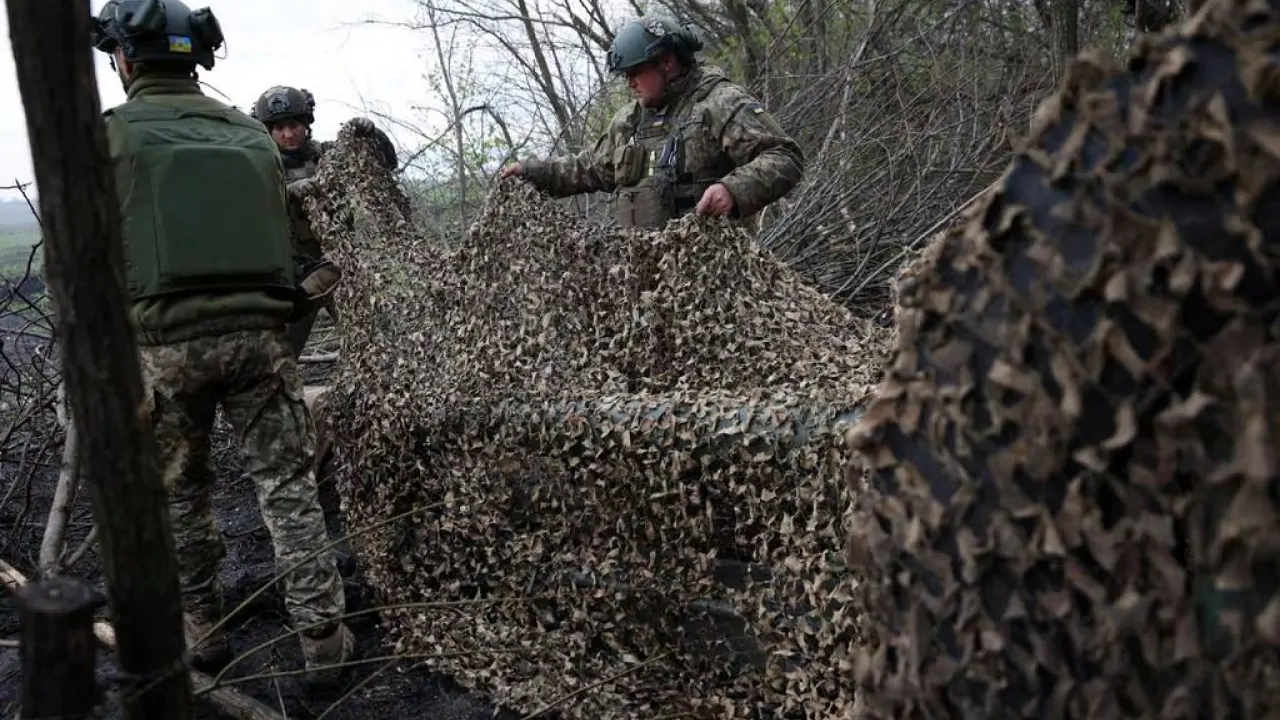
Definition: The unique form of camouflage under a military system that hides person, equipment and other positions from the surrounding or environment without making a difference or giving a clear cut to their enemies
Construction: Netting consists of mesh and fabric material, which gives a similar appearance to its relative surroundings, and soldiers become more able to proceed with their functional characteristics during the war.
Types: Military Camouflage Netting involves various forms of nets to set a trap against rivals, competitors or enemies with many tricks, techniques and strategies. This type of Camouflage netting involves Traditional, Digital and Infrared camo nets. Other considered types are Standard Camo Nets, Multi-Spectral Camo Net, Thermal, and Waterproof Camouflage Net.
Traditional Camo Nets
The type of military camouflage netting depicts the foliage, forest, wood, mountain, or vegetation structure along a similar environment. Armies hide their positions, existence and materials by following colours, shapes, tones or patterns.
Digital Camo Nets
The camouflage style of netting sets the trap while focusing on the high result of strokes, outlines, or patterns shown on the screen in the woods, forests, or other mountain regions.
Infrared Camo Nets
Infrared Camo Net means the peculiar net which reduces the heat from the vehicles, equipment or any thermal bodies to proceed with the mission against rivalries properly. Some nets bear the heat and remain undetectable at some point. Soldiers use nighttime camo nets to detect the hidden activity at night times.
Uniform
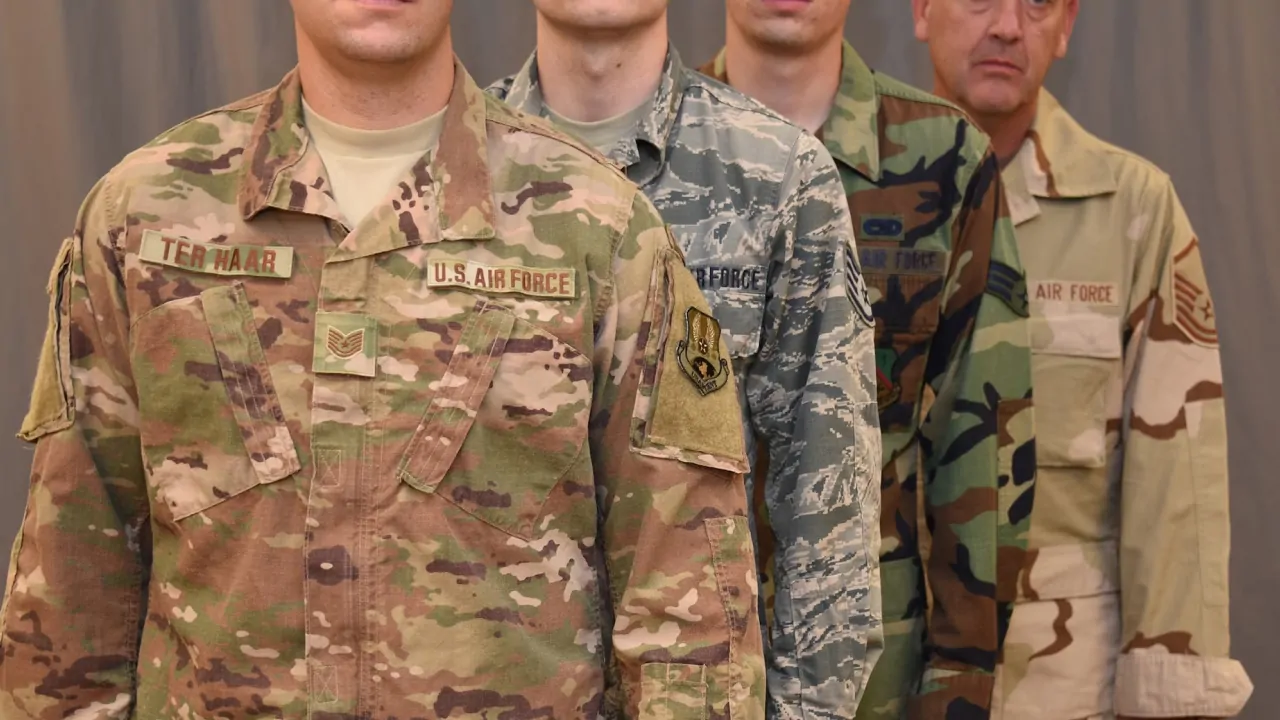
Military soldiers wear woven uniforms that play a unique role in their lives with the help of numerous functions like concealment, protection, identification, and variant functionality.
Soldiers hide themselves and can escape the danger. They mistreat the visual appearance and get favourable chances to make worthy decisions in their time of need. Their attire is composed of comfortable and airy fundamentals, which provides them with favourable choices. They blend with nature and safety from sun heat, wind pressure, rain intensity, or explosive moments.
Soldiers represent their identity through the patterns or outlines that make a difference in each national uniform. Every national uniform is different from each other but similar to their crew or fighting unit members. Military uniforms have other specifications like the adjustable size weight for fighters, non-noise suits, jackets or other forms of costumes.
Caps
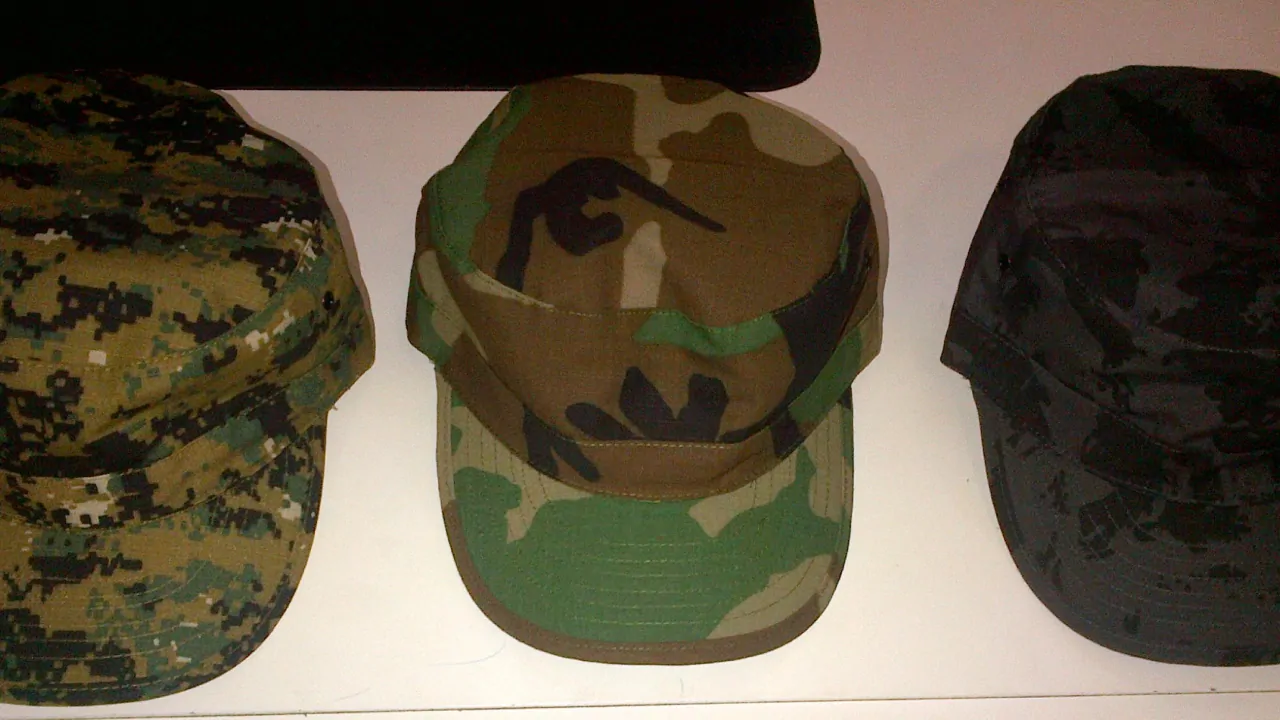
Warriors wear headgear, helmets, masks, and specially crafted caps that protect them from fighting scenarios, from falling on their heads during the war storm or dodging the bullets and other scenarios of the war. Soldiers wear safety helmets of different patches, patterns, strokes or outlines of colours, resembling their uniform and shoes. They hide themselves by blending with nature and escaping the hunter’s target.
Face Paint
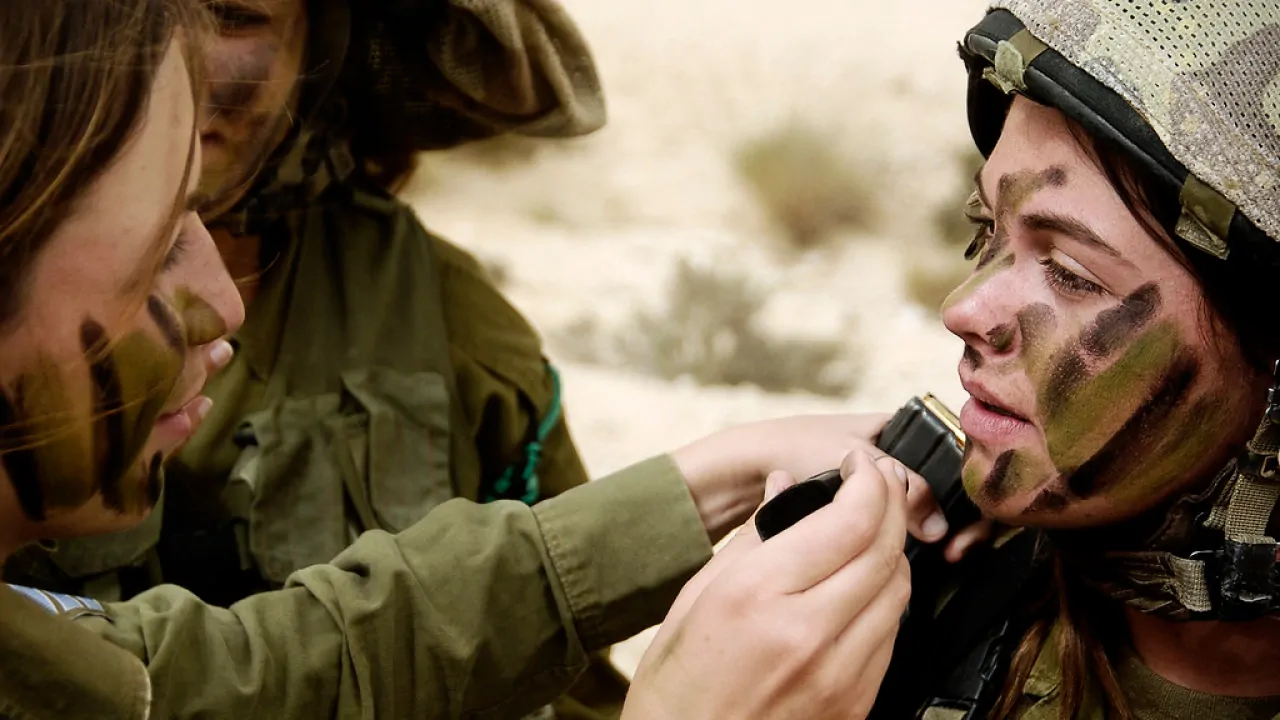
Professional or non-professional soldiers learn to paint or make up their faces by highlighting the strokes. They paint faces to match their uniforms or to copy the surrounding objects so their faces can blend with nature, environment or surroundings. Warriors mix with the surroundings and decrease the identification rate in front of detectors and sources. They keep experimenting with the exact mimicry of uniform patterns, strokes, or patch ideas.
Snow Camouflage
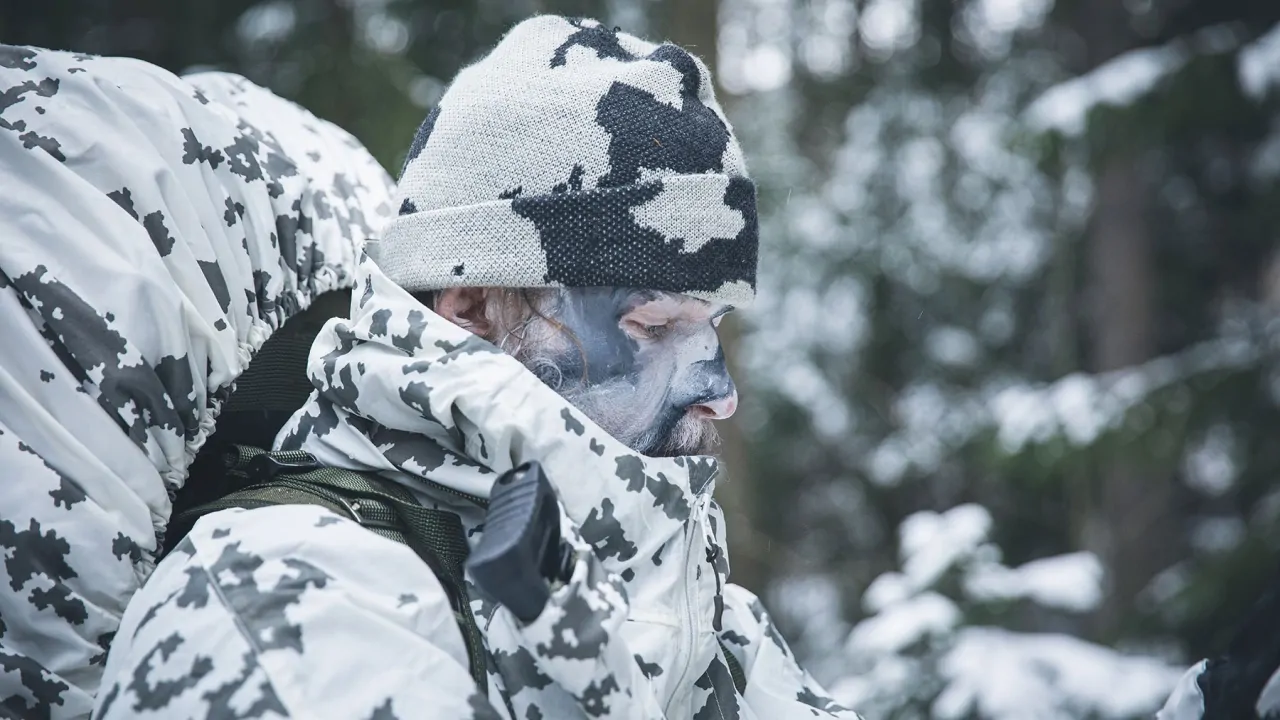
Soldiers prefer to adopt the deceptive outlook of vehicles, equipment, and human external appearance from head to toe, copying the snowy objects like snow on the mountains and representing white, blue or grey colours. They paint their vehicles to match the snowy woods, forests, bushes or dried or capped things and can proceed with the tasks or missions during the war. They have special featured equipment and uniforms to distract the enemies, including waterproofing or insulation to have protection from seasonal weather changes.
Fatigue
Soldiers wear adjustable uniforms according to their body size or height. They wear multiple functionalities like feel easiness, longevity, and other functions which highlight the objects of uniform, head to toe. Soldiers can have large elasticity of elbows and knees and have large pockets to hide military equipment, tools, weapons, and other war-related stuff. By such functionality, they protect themselves from enemies and get the confidence to proceed along the task.
Disadvantages of Camouflage
Discussing the advantage of military camouflage, soldiers take beneficial steps to win the war. But on the contrary, military camouflage has some disadvantages.
Modest Success
The pattern of clothes, headgear, masks, or shoes may not be able to blend with the surrounding nature during the war for some time. Soldiers try to transform the external outlook of their uniform into the surrounding environment to match it but fail in the end and become part prey to hunters.
Continuous Refinement
Military Camouflage Administration should manage the updation of uniforms, headgear, or feet to resemble or mix with nature, four seasons, natural views, or others must update the military weapons.
Spying by Modern Technology
Detectors identify the thermal conductivity of the body, troops, or military equipment. Using radar or other sensing technologies, they get overrated and overcome the detection, where enemies encounter the defender or vice versa.
Hiding Phenomena
Warriors, soldiers, snipers or other military-related people find moments to breathe sometimes, despite their training and practices. Soldiers find unfavourable positions to set the undetectable pose to betray their enemies but can slip or might hit in other situations.
Regular Care
Warrior members take care of equipment, troops, and clothes to clean from dirt or other substances to follow the schedule. There, they can solve the problem of losing the effectiveness of weapons that might stop working later.
Final Notes
Studying comprehensive details of military camouflage provides a new angle of reality to the knowers and learners. Military camouflage is a hiding process for soldiers to achieve remarkable achievements after betraying them through different techniques and strategies. Several types of military camouflage are patterns, patches, dots, and strokes into uniforms, headsets, shoes, troops, drones, or other warrior weapons.
Its netting system opens a new gate of military trap for the learners, who are aware of it through several mediums. While discussing the multiple advantages of military camouflage, other vast disadvantages can affect the soldiers regarding vehicles or equipment.
Maintaining the concern of care regarding every field sharpens the future of learning and decision. Warriors, or snippers, learn to survive in any situation to present bravery skills and encourage younghood to develop themselves stronger.
You Might Like to Read: Pixelated Design | Military Multi-Scale Patterns
